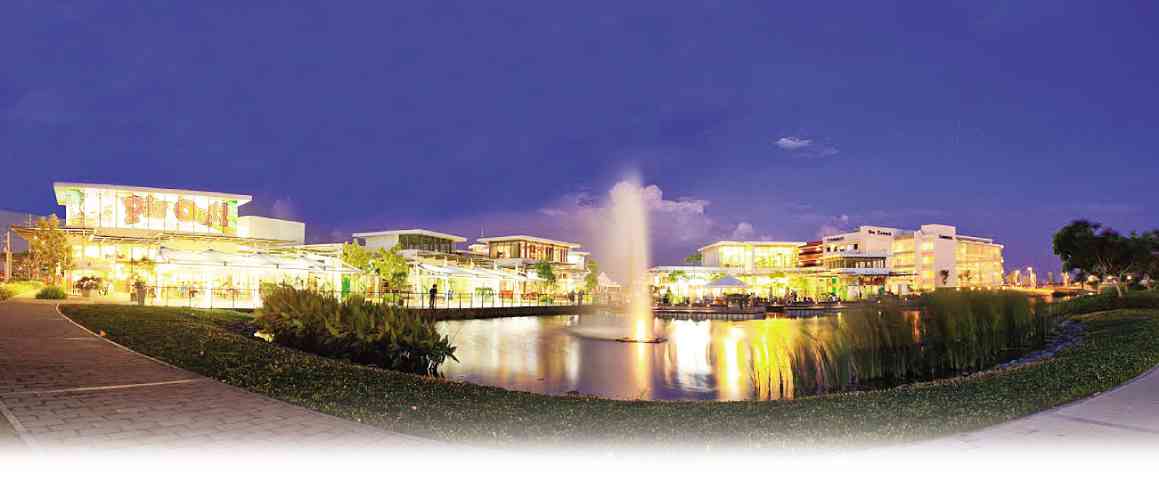
JUST like Nuvali, a network of high-quality recreational facilities integrated with pedestrian, bike and transit facilities are now being built.
DRIVE through Nuvali in Sta. Rosa, Laguna, and chances you’ll be amazed at the overwhelming abundance of new developments: open-air lifestyle centers, modern-looking office and commercial buildings as well as exciting places to pursue personal fitness goals.
This is the modern “suburbia” that developers are replicating in many places all over the country. But while the old suburban communities were designed around the idea that residential component should be physically separated from the places where one works, plays, shops, dines or goes to school, this modern take on the concept strives to attain the opposite.
“Would it be much better if everything you need is within your reach? Today thousands of families live in inefficient communities that are ill-equipped to provide residents with access to the resources they need. What if this time we build communities that promote more walking and biking, and less time on commuting?” asked Subdivision and Housing Developers Association (SHDA) president Armenia Ballesteros.
Such a community design, according to Ballesteros, would encourage not only exercising among family members but also lessening the production of waste as people would no longer need to travel far or to use their vehicles more often.
Centers
The idea now is to build residential developments with centers that can provide a starting point for creating vibrant community hubs. “This is why developers are now coordinating with local government planners to build mixed-use neighborhoods—places where housing, businesses and services are integrated within a compact area—by updating building codes, zoning regulations and comprehensive plans to reflect the community’s vision,” said Ballesteros.
Together with this planning, she said stakeholders should also consider building or enhancing existing parks and open spaces.
Just like Nuvali, a network of high-quality recreational facilities integrated with pedestrian, bike and transit facilities are now being built, with many believing that parks or recreational areas are an important element of smart growth that addresses both the residents’ need for green space and the role of green space in mitigating higher development density.
“Living close to recreational facilities is consistently related to higher physical activity levels for both adults and youth. It would not be surprising if having easy access to multiple recreation facilities would make these residents more physically active and less likely to be diagnosed as overweight and obese than their counterparts who have no access to such facilities or one that encourages them to just drive considerable distances,” stressed Ballesteros.
Economic benefits
Besides, Ballesteros said that there are economic benefits for developers as building more mixed-use communities that incorporate green space can translate into faster sales and ultimately higher profits, adding that homebuyers surely appreciate taking a breath of fresh air and enjoying more of the outdoors.
“We always remind members of SHDA that when they plan their communities, focus on figuring out who is going to live there and what matters to them. For example, homebuyers mostly made up of young families would appreciate having parks and play areas that their kids could explore where they themselves could go to decompress from it all. For empty nesters, physical health and social connections is more important so that these open spaces would be perfect for them to do their tai-chi, short strolls, breathing exercises if not meeting their friends, neighbors as well as grandchildren,” he added.